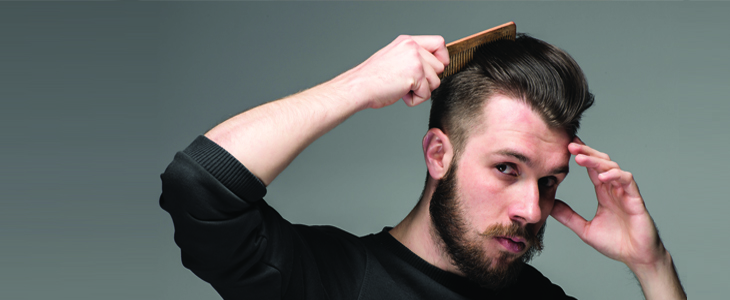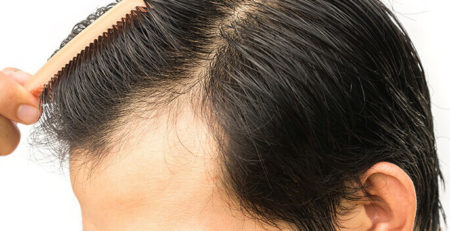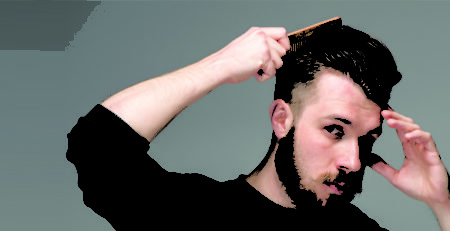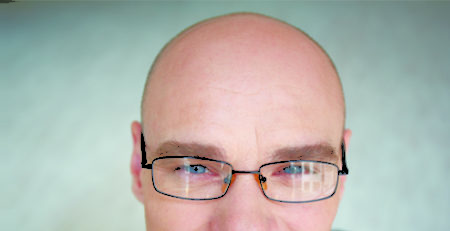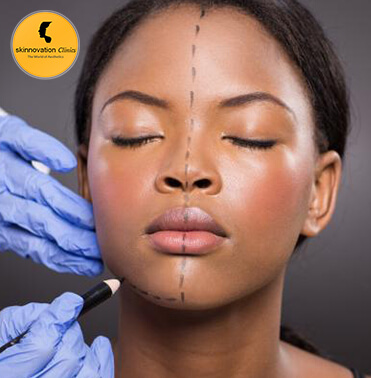Hair Transplant Solutions
Along with being the most commonly known cosmetic surgery procedures, hair transplant is a very promising technique that offers a permanent solution to balding. Many men and some women also suffer from hair fall, the primary reason for which is hereditary, the genetic history going up to three generations either on the mother’s or father’s side. Though medical treatments are available, they work only in the early stages of balding and even if taken regularly, medicines cannot ever give you a head full of hair. So once hair is beyond the restoration stage, a hair transplant surgery serves as the only long-lasting solution. It has no side effects and the transplanted hair stays for life; it never falls and needs subsequent haircuts. There are two types of hair transplant solutions, namely: Follicular Unit Transplant (FUT) or Strip method and Follicular Unit Extraction (FUE) method.
FUT Method:
In the FUT technique, a strip of hair-bearing tissue is excised from the permanent donor area at the back of the scalp and a team of 4-5 expert surgeons uses a microscope to dissect each naturally occurring hair follicle from this strip very delicately, without damaging any hair root. With a decent strip one can easily harvest 2300 to 3500 follicles. These follicular units are then placed into tiny incisions made at the bald areas at the same angle and direction as the original hair. This results in a natural-looking growth of hair even after one session of surgery. At the same time donor area is stitched by a special plastic surgery technique called Trichophytic Closure that merely leaves a very thin and well-camouflaged linear scar, allowing patients to easily keep their hair short cropped also.
FUE Method:
In the second procedure, called FUE, the permanent hair on the scalp is trimmed and each follicular unit is excised directly from the scalp and is transplanted to the balding regions. In comparison to FUT, this procedure is relatively blind and chances of damaging the roots while extraction of follicles stand at 5-10% resulting in wastage of grafts available for transplant. But since this procedure does not involve any incisions in the scalp, it results in a slightly less post-operative discomfort and leaves no linear scars. However, since it decreases the hair density in the donor area, it is only recommended to harvest one third of the follicles from it. Extracting more than that would result in sparse hair at the back of the scalp and the small round puncture scars would become noticeable.
Body-to-scalp FUE i.e. excising body hair follicles can also been utilized when the patient has insufficient donor hair density in the scalp. Though the survival of these hairs is significantly less than scalp hair, these are a good solution for camouflaging donor scars or adding density behind hairlines that are created with finer hairs. But the growth cycle, texture, characteristics of body hair can never match with those of scalp hair.
So which technique is better, FUE or FUT?
Any qualified & educated surgeon who has both the technologies available at their clinic or hospital will not favor one method over another. Each method is patient specific and is employed based on the requirement of the patients. Sometimes even a combination of the two is used in order to achieve the best possible long-term results. One can safely say that both the methods are equally scar-less if done properly and if not, both can leave remarkable marks.
Both techniques are good and their usage depends upon the requirement of the patient and each individual needs. This is something like choosing between Petrol & Diesel Car. Their choice depends upon each individual’s need and distance travel per day. Now if as a manufacturer, I only make Petrol car, I shall only say advantages of it and disadvantages of Diesel car. So kindly beware of clinics, which stress upon one technique only. The good Plastic surgeon would know both the techniques and tailor their use according to each individual’s requirement.
The procedure of the Treatment:
Coming to the surgical procedure, the transplant is done under local anaesthesia on an outpatient basis. The patient stays awake throughout and can watch TV, listen to music, and even take lunch during the break; and goes home immediately after the procedure which, depending on the balding area and number of follicle units transplanted, usually takes approximately 2–6 hours.
All the transplanted hair fall off within the first month of surgery, and start to grow back again after a rest of another 1-2 months. The regrowth rate is around 1 cm per month and hence a waiting period of around 8 months is required to finally appreciate the results of a hair transplant surgery. The hair that grows back is permanent and would grow back even if one shaves his entire scalp.
So before going for a hair transplant, discuss all the possibilities and choose a technique that is best suited and tailored to your needs. Consult us at Skinnovation Clinics: 9251711711
Our prices are very transparent. To know about the price for Hair Transplant,

